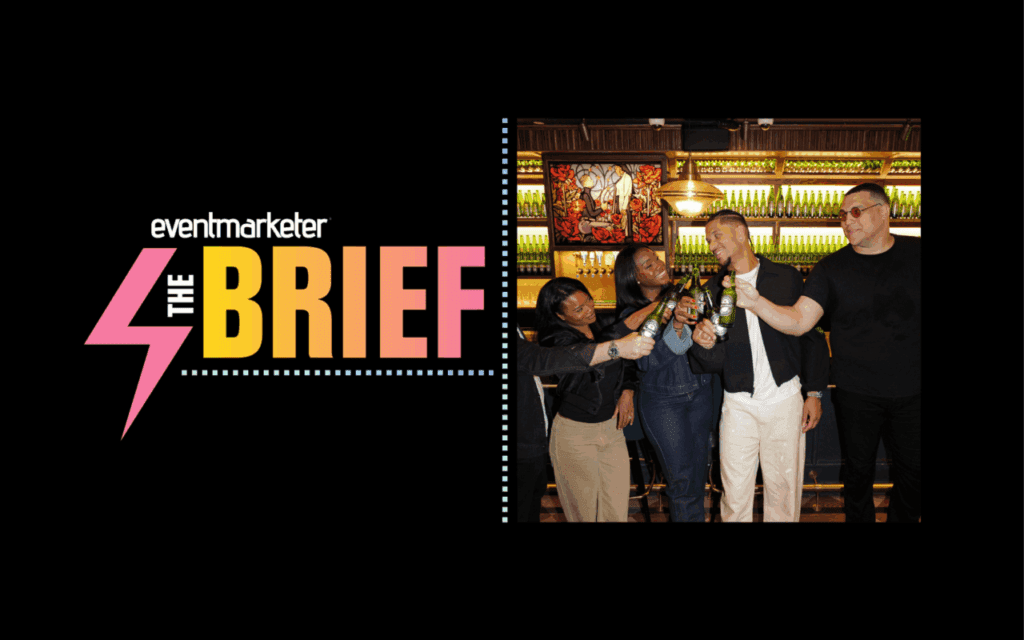You’ve probably heard the phrase, “It’s all about packaging.” In retail, this refers to differentiating brand through color, size, shape and labeling. In communications, you also need to “package” your message. You must craft a message that reaches the right audience, grabs their attention and generates the desired response.
Packaging is particularly vital in writing a press release. A release is no different than any other marketing vehicle. You must draw attention and make a compelling proposition without coming across as overtly salesy.
Whether you are launching a new product or conferred a generous donation, you want a specific audience to know. Unfortunately, newsrooms are flooded with releases like yours. In such a competitive environment, what will make your release stand out?
Any press release can answer the basics: who, what, where, when and how. However, journalists are looking for the why. In particular, why is a development newsworthy? They want to know how it impacts their readers. They want content that touches them personally, can be easily understood and offers angles that can be sharpened or inflated into a larger story.
That’s where packaging comes into play. To author releases that get results, you need to think like a journalist. What hook – or angles – will you use to stir their imagination? What makes your release relevant, riveting and immediate? Why would your story appeal to the audience you are targeting? Does your release answer most questions a journalist would pose?
Here are some strategies to increase the likelihood that your release will be picked up or incorporated into a larger story:
Set An Objective: Before you start writing your release, step back and ask yourself these questions:
- Who do I want to read this?
- What media outlets does my target audience frequent?
- What is my objective with this release? Am I creating familiarity, establishing position, building brand or making a call to action? How does the release reinforce corporate strategy?
- What three points should my audience take away from reading this story?
If you are targeting disparate audiences – and want to convey different messages to
them – consider customizing your releases. Issue different releases to different outlets to strike the right chords among disparate audiences. For example, technical jargon may appeal to trade outlets, but it will turn off local or broad-based national outlets.
See the Big Picture: Think about your product or service concept. How is it revolutionizing your industry? How is it re-shaping how leading brands do business? Most important, how does it tap into broader business or cultural trends?
For example, pretend you operate a business where employees work from home. In this context, you could tie work-from-home employees to these social shifts:
- Labor and Skill Shortages: Need for employers to recruit candidates from larger talent and geographic pools.
- Work and Family Balance: Desire of employees for greater workplace flexibility to accommodate family and community responsibilities.
- Homeshoring: Use of remote employees to counteract outsourcing jobs offshore (and mitigating customer complaints about language barriers and lower cultural affinity).
- Environmental Responsibility: Deployment of remote employees produces less traffic and requires fewer costly resources (gasoline, office space, electricity, heating and air conditioning), resulting in a slower depletion of natural resources and fewer harmful chemicals in the air.
- Diversity: Creation of opportunities for working mothers, retirees, physically disabled and rural residents, who have traditionally faced barriers in entering the workplace.
In short, you need to make your story relevant and real. Use real life examples of people benefiting from your solutions. Show your audience how you are pertinent to their day-to-day lives – and what you are doing to make the world better.
Sell Your Company: A journalist rarely possesses first-hand knowledge of your organization’s scope and scale. As a result, you need to set yourself apart. If warranted, outline how large you are in terms of employees, capital, global presence and industry influence. Elaborate on what makes your organization unique in terms of proprietary technology, processes or services. Allude to how you are different from competitors – and what you do that isn’t being done.
Additionally, back up your contentions; don’t assume a reporter will immediately grasp the significance of your accomplishments. Cite a benefit, elaborate and offer proof. Bottom line: address how are your organization is a driving force in your community, industry and society at large.
Drop Names: Using a phrase like “serves Fortune 1000 clients” is one thing. Listing names like Coca-Cola or General Electric is another. Citing your business partners in a release – if you have their permission – gives you added credibility to the press.
Similarly, consider soliciting quotes from respected high ranking officials from recognized companies, along with experts like industry analysts, association leaders and academics. Their views will carry greater weight than statements from in-house executives. If your organization has received coverage from recognized broadcast or print outlets, embed it in a sentence clause. Make references to any awards or citations from public and private entities. Always recycle past publicity to bolster your status.
Punch Up the Headline: The headline is the place to separate your release from the pack. In newspapers, headlines sell papers. In publicity, they hook journalists and encourage them to read further. They often determine whether your story gets coverage or is relegated to a capsule in the business or community sections. In constructing a headline, keep your verbiage short and give every word punch:
- (Organization) pledges $10 million to fight AIDS
- Green skies ahead: hybrid plane cuts emissions in half
- Former Congressman joins (Organization) Board
Below the headline, use a subhead to broaden your point and further reinforce why this development is special.
Provide Hard Numbers: Do you have any statistics comparing your product or operation to the industry mean? Would any of these stats establish your theme as a lead-in? Stats grab attention. They bring your proposition to life and give you added authority.
Cater to Reporters: When you post your release, consider including an accompanying company fact sheet and pictures to help journalists fill in the blanks. The less work that journalists have to do, the less likely they are to deviate from your message. Similarly, pinpoint the exact person you want to reach at targeted outlets. In fact, make contact with them before issuing your release to decrease the likelihood it gets passed over.
Don’t Forget the Basics: Obviously, you cannot incorporate all of these ideas in a one page release. They are simply tools that can be employed when the situation warrants. However, don’t lose the forest among the trees. Remember the basics of a good release:
- Include the critical information (who, what, where, when, how and why) in the first paragraph.
- Keep paragraphs short – no more than 4 or 5 lines. Use conversational language with shorter sentence lengths.
- Use a serif type of 11 points or larger to make your body copy easier to read. Consider using a sans serif type for your headline. If you are posting your release online, use a reliable sans serif type due to limited resolution.
- Always have someone proof and edit your release. A devil’s advocate is truly your best friend.
- Provide contact information, including press contact, address, phone, e-mail and website.
- Develop an attractive and consistent format. Include your logo, plenty of white space and a small graphic element such as a strategically-placed vertical or horizontal line.
- Keep quotes succinct. Every sentence must reinforce your main objective, whether it is creating interest or building credibility.
Always remember: a press release is about your audience and underlying message. Your objective is to get picked up and secure the positive coverage in the right outlets. As a result, always look at your release with the big picture in mind: What makes you newsworthy outside your industry?
In other words, it’s all about packaging. It’s about catching a journalist’s eye, selling them on your message and converting them into someone who will share your message.
Jeff Schmitt has spent 14 years in the call center and publishing industries. He lives in Dubuque, IA and his e-mail address is jschmittdbq@mchsi.com.



